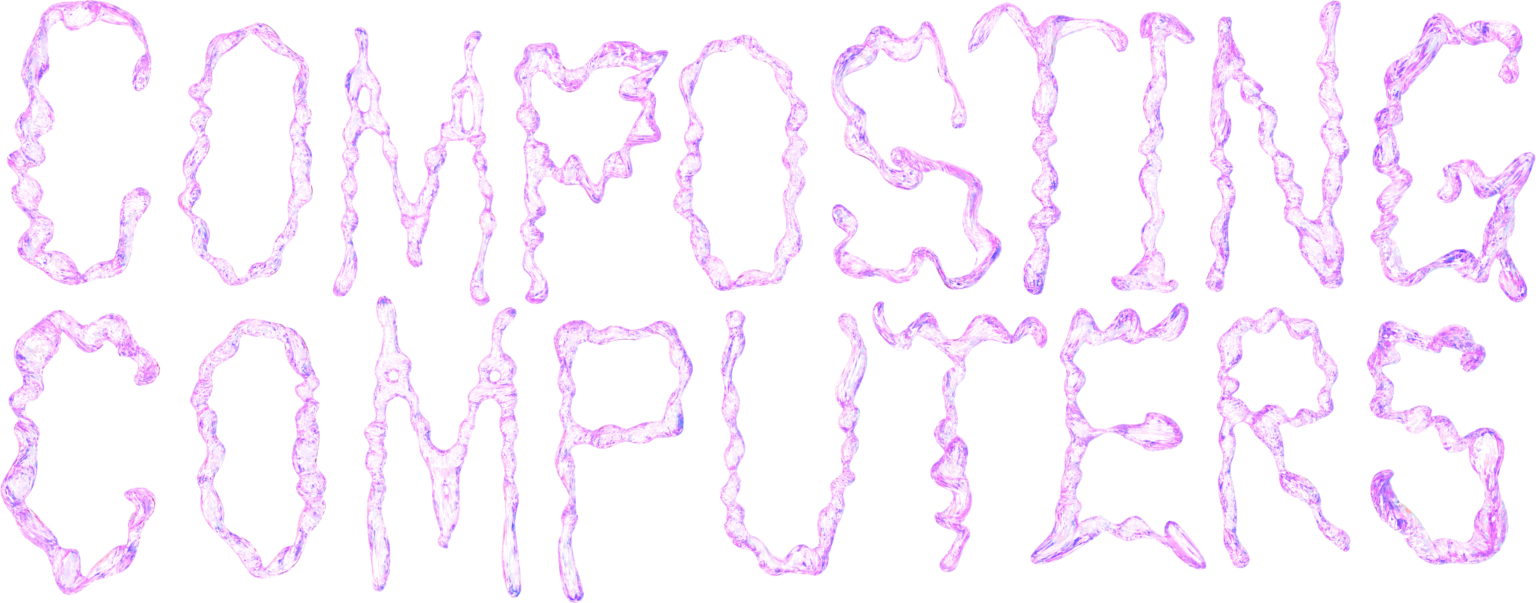The ever updating digital culture keeps exponentially producing hardware, software, and data, tapping into raw resources, feeding on energy, taking some space. Often they go very fast from valuable to being considered as disposable becoming waste. Then whatshould happen to them? Benjamin Gaulon’s take on Media archeology suggests that hardware and data can be recycled and repurposed, but at some point it is not possibleto extend their life anymore. The only thing left is their brutal materiality.
Core Samples represents the culmination of two decades of exploration with electronic waste (e-waste) as resource for art making, as a medium to create Zombies (hardware hacking, circuit bending) or alternatively repurposed into new “products”. As a part of this process, I started looking into what couldn’t be recycled, re-used or upgraded,beyond repair, so-called “ultimate” waste. After extracting everything that can be salvaged, we are left with plastic, broken or incomplete PCBs and metal bits. A vast majority of this waste is plastic. Not a single type of petrochemical polymer but many, with various properties, toxicities and additives making these plastics unrecyclable.
As I started exploring these plastics with my tech mining series I also started looking into PCB recycling. In the rare cases where electronic waste is recycled, whether it is artisanal/manual labor or on an industrial scale with heavy machinery, what we call recycling is another form of mining, as PCB are shredded into fine powders which are then separated by materials, such as copper, precious metal and silica. This extractivist industrial process inspired me to shred my own electronic waste. This time, not only circuit boards (PCB) but also plastics and various constitutive elements of ICT hardware devices, such as computer parts, keyboards, printers, phones and more.
This shredded mix of electronic waste is then heated and compressed into cylinders, referring to geological core samples. By doing so a type of speculative electronic archaeology is created. When producing these artifacts, on my own or during workshops/collectively, we can consider these core samples as a summary of our time and of the type of e-waste in circulation. They serve as time capsules of sorts. Each sample is dated, and the list of constitutive devices and year of production is cataloged and associated with the sampled core.


